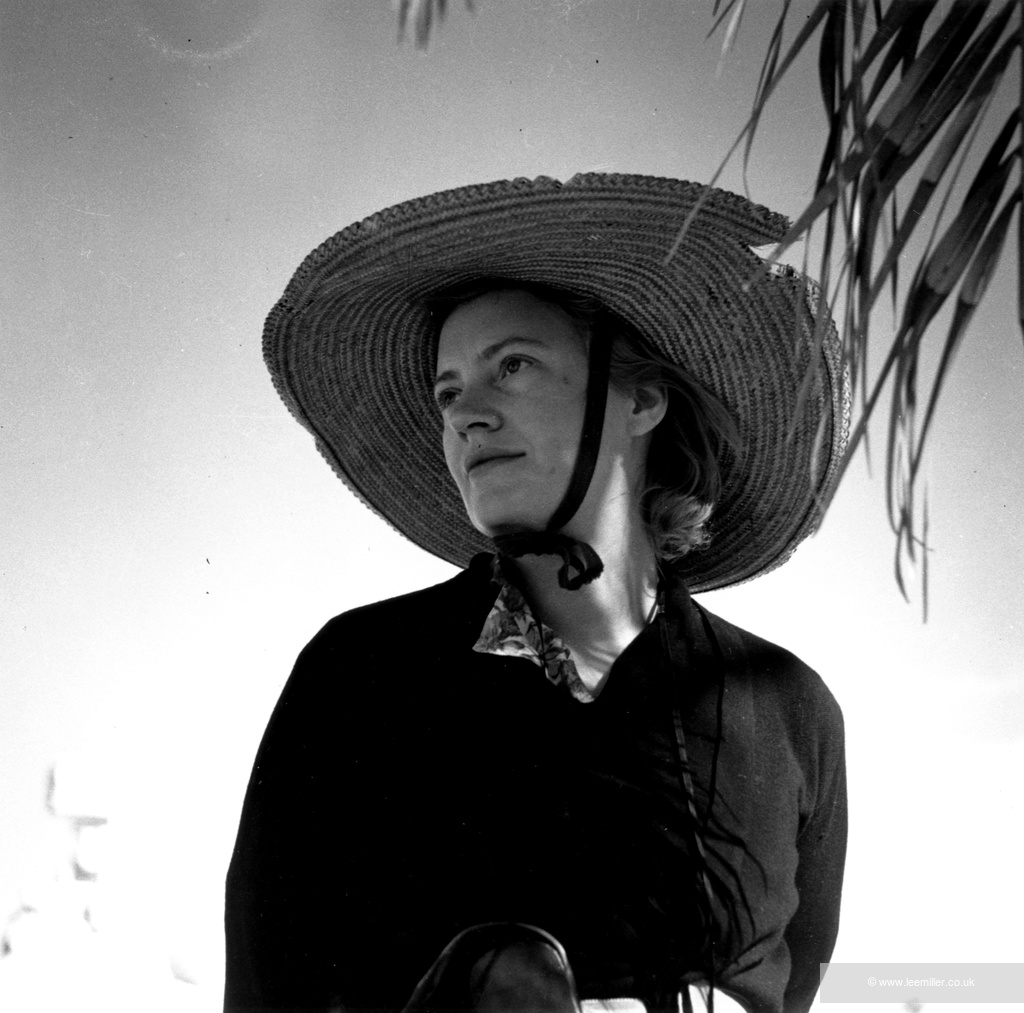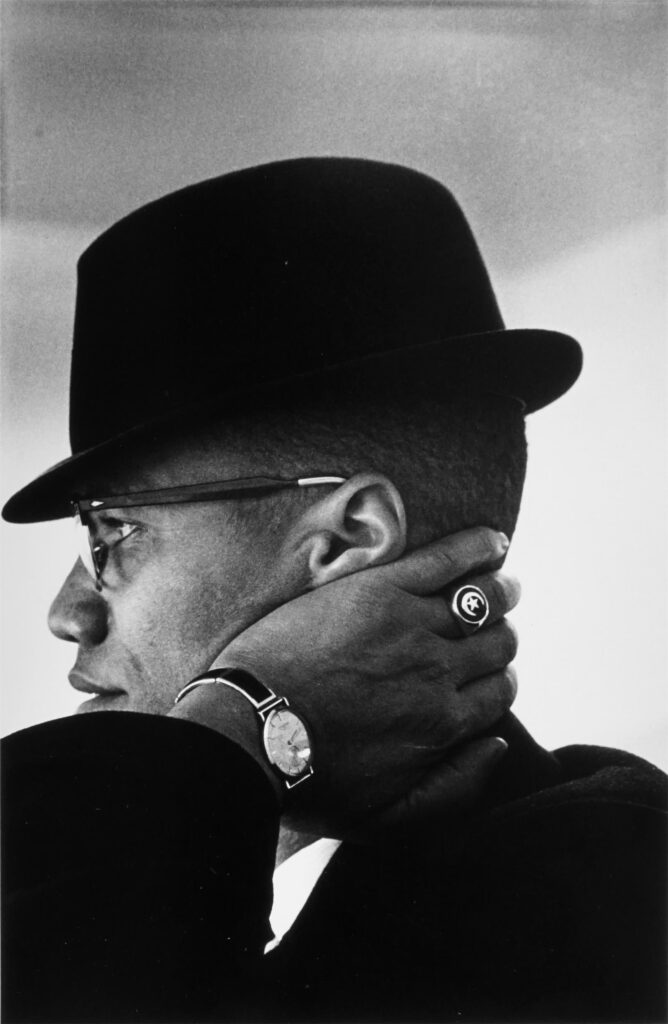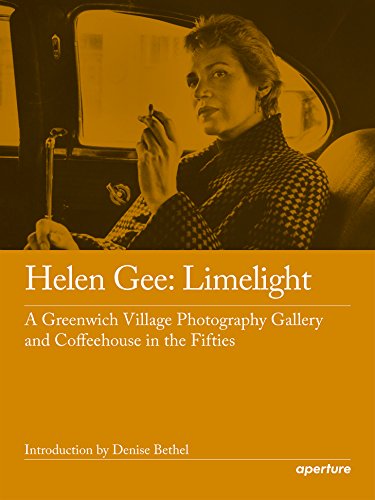5 Historical Heroines born in April
Here are five women in photography to celebrate this month…
Francesca Woodman born 3rd of April 1958
Clouded in literary metaphor, the work of surrealist photographer Francesca Woodman (1958 – 1981) has captivated many.
Born in Colorado in 1958, she began her endeavour into photography at 13, experimenting with self-portraiture before then studying at the Rhode Island School of Design in 1975.
Working with long exposure and slow shutter speeds, Francesca’s work takes on an ethereal, ghost-like form. Vying between the corporeal and incorporeal, her images explore themes of the self, gender, and body image.
Francesca died at the age of 22. She was deeply passionate about her craft and her images remain an inspiration; a lasting remembrance of an excellent photographer in her element.
Her work is currently on view at the National Portrait Gallery (closes 16th June).
Cecilia Glaisher born 20th of April 1828
Involved in the sciences from an early age, Cecilia Glaiser (1828 – 1892) documented the ferns of Britain and the structures of snow crystals with striking accuracy and clarity.
In 1855 Cecilia worked with Edward Newman on the third edition of The British Fern, an illustrated guide for identifying ferns. She also provided illustrations for her husband’s paper on severe weather.
The Royal Microscopical Society adopted Cecilia’s work as their emblem and seal in 1868, and her work gained the recognition of the Linnean Society in London.
Eve Arnold 21st of April 1912
American photographer and photojournalist Eve Arnold (1912 – 2012) enjoyed a prolific photographic career, through which she depicted the ordinary every day, the icons of American culture, and the injustices of the world.
Eve’s career was launched upon the publication of her photos in London-based Picture Post magazine – intimate portraits of Harlem fashion shows which took place every Sunday in the neighbourhood’s Black churches.
Befriending many of the people she photographed, Eve’s naturalistic style and compassionate lens exude through her work. Her sensitive portraits of Marilyn Monroe exemplify this approach.
Lee Miller born 23rd of April 1907
Acclaimed photographer Lee Miller (1907 – 1977) produced a highly varied oeuvre, surveying war-torn Europe and delving into surrealist imaginings.
Supplanting the role of muse and turning to photography, Lee began her photography career while working in Paris as an assistant to avant-garde photographer Man Ray. She later returned to her homeland, the U.S., to set up a successful studio in New York in 1932. She later left the States for Egypt after marrying a Cairo businessman, with her surrealist artistry blooming throughout her time in the Middle East.
From the States to Europe and the Middle East, Lee’s photography covered a wide range of themes and subjects. She challenged depictions of women’s bodies in surrealist art and revealed the harrowing events of the Blitz across Europe through her unflinching images.
Lee’s striking work, unrelenting attitude, and pioneering artistry seats her among the great artists of the surrealist movement.
Helen Gee born 29th of April 1919
A pioneer in bringing photography’s artistic elements to the fore in post-war New York, Helen Gee (1919 – 2004), opened Limelight – the first gallery specifically focused on photography as art.
Originally a painter, Helen became enamoured by photography’s artistic elements during an exhibition at MoMA, curated by Edward Steichen, and picked up the camera herself. After working for many years as a retoucher, she wanted to share her love of this art form, opening Limelight in 1954.
Limelight would host many famed photographers throughout its seven-year tenure. Nevertheless, due to the gallery not returning a profit during this time, Helen had to close its doors in 1961 after an exhibition for Julia Margret Cameron.
















